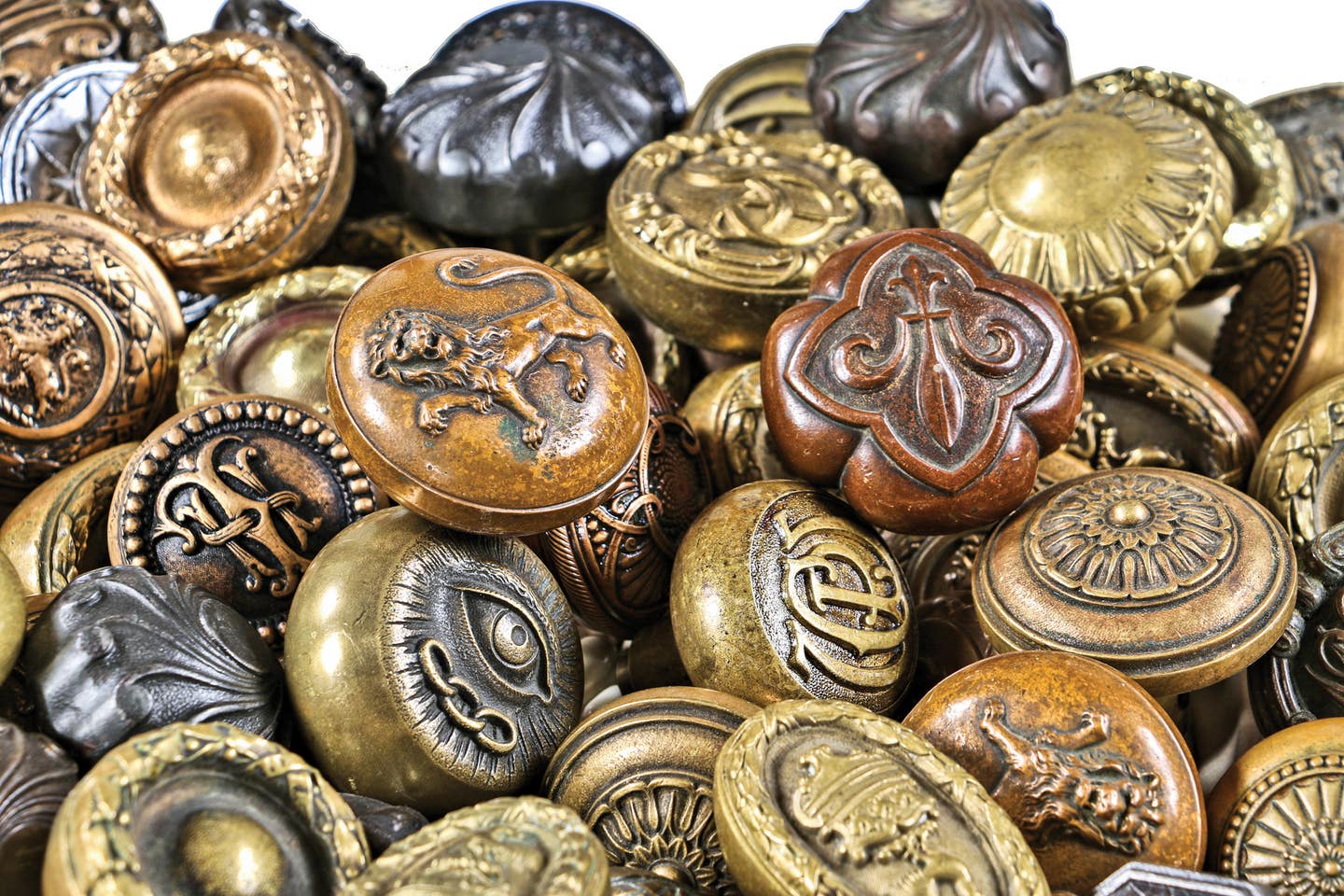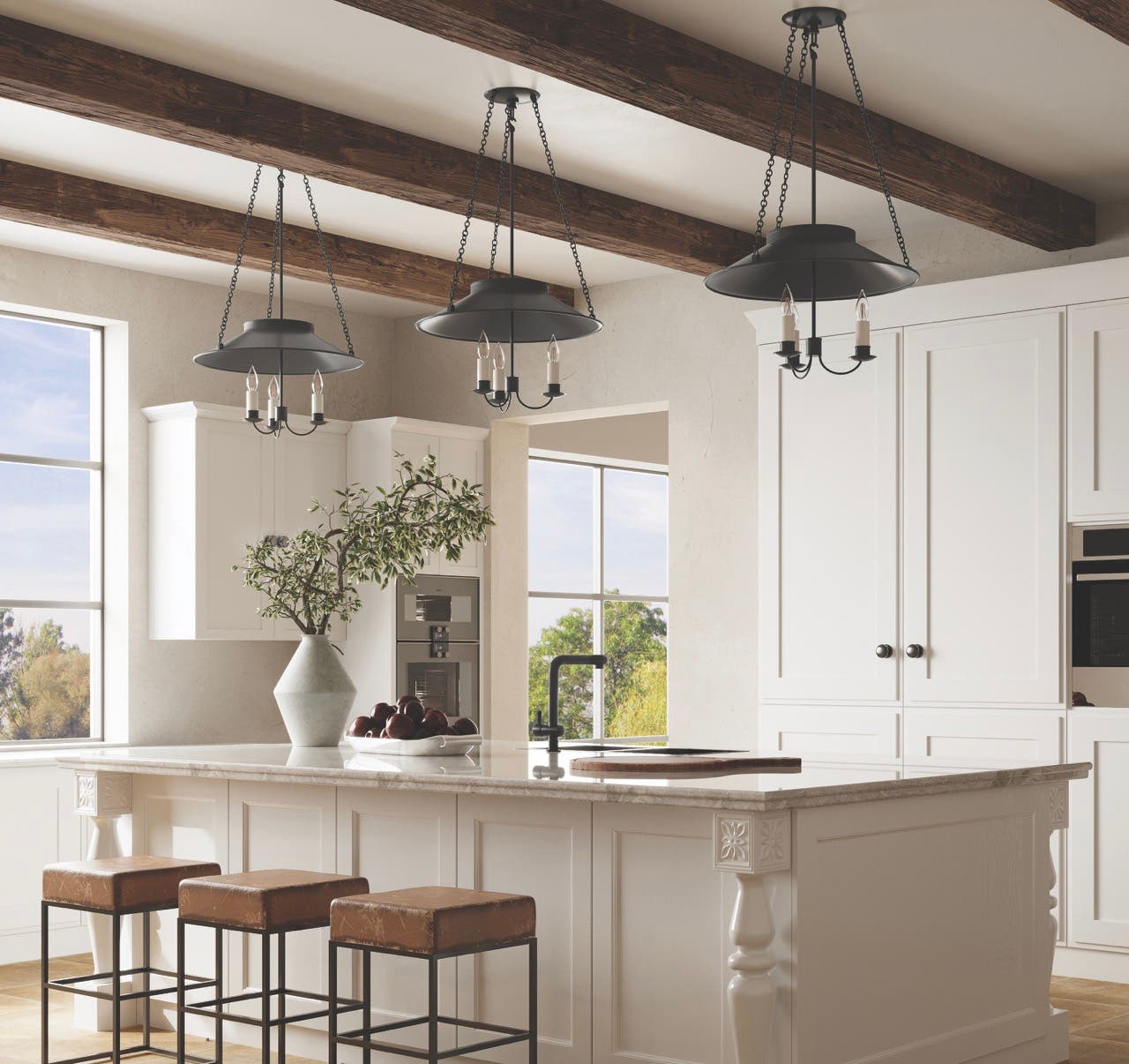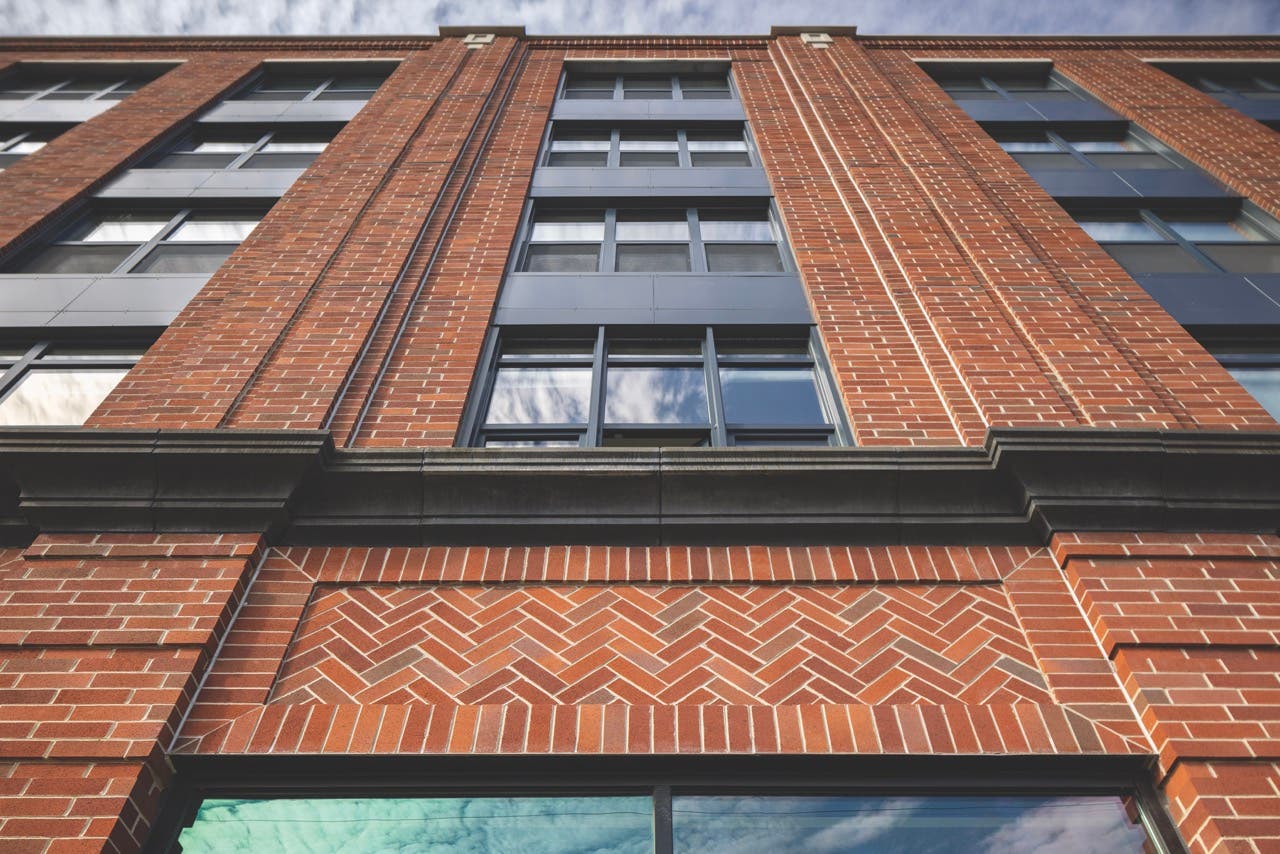
Product Reports
History Lesson of Hardware
Historic hardware is the one place where people physically touch a building. Entering a building, typically at a door, requires operating the door using a push, a pull, or a doorknob. This article starts off a multi-part series on door hardware, beginning with doorknobs and latches, continues with locking mechanisms, goes on to hinges, and finishes with door furniture such as letter slots, escutcheons, bosses, doorknockers, thresholds, and similar ironmongery.
History of hardware
Early doors that separated the interior from the exterior, or life from the afterlife, are recorded as early as 2000 BC in tomb paintings in Egypt. Doors evolved over time; initially made from skin or paper, they later used wood, stone, bronze, or steel and could be faced with carving, leather, gilding or veneers. With these combinations of design and materials, it makes for an infinite number of door types. Each of these doors need to be operated, which leads to infinite hardware items to accommodate their operation, starting with the pull or latch or doorknob.
Initially, a pull was used to open the door from the exterior, made of leather or wood. Later operable closures used latchstrings, a leather strap or a piece of cord, which lifted an internal latch. With the bronze age, this handle could have a thumb latch fabricated of wrought or cast metal, with a shape ranging from a simple curve to elaborate sinews, the ends of which could also signify the homeowner’s profession, stature, or faith. Two basic styles of latch are the Suffolk and the Norfolk latches. The Suffolk latch consists of a pull with an external thumb press that operates an interior lever which drops down into a catch. The Norfolk latch is similar, except the external pull is mounted on a full height escutcheon slightly longer than the pull.
Eventually, cast iron evolved to cast brass and bronze, and the lever shape evolved to the doorknob. Knobs have been fabricated of all manner of materials, starting with wood and metal, and later incorporating ceramic, stone, glass, enamel, and man-made materials to the ever-growing list. Whilst the first 1978 patent for a doorknob is attributed to the African American inventor Osbourn Dorsey, doorknobs were in use well before this date. (The Dorsey patent was more for the operation of the latch. Derivations of latching and locking systems will be covered in a subsequent article focusing on locks.) In the early 1900s, the simple operable knob without a lock was improved upon by the incorporation of ball bearings to provide the smooth operation as patented by Russell and Erwin Manufacturers.
Starting with William Morris and John Ruskin, architects pushed back against the industrialization of materials and objects that were once crafts. Gesamtkunstwerk, a German term to describe design of elements consistent with the whole, included architects becoming involved in industrial design of objects to be included in the buildings they designed. The ultimate object to design to encapsulate the architecture of the entire building became the door hardware, the first point of contact of the building. One well-known example is by Ludwig Wittgenstein for his sister’s house that he designed in Vienna in 1928, a simple L-shaped handle for the narrow-stiled French doors.
Current Hardware Applications
Fixed doorknobs have the sole purpose of pulling the door. Integrated with a locking mechanism, the knob is grasped to operate the latch or lock. Doorknobs have been and continue to be made of a plethora of materials: wood, wrought metal, cast metal with or without enamel, glass, ceramic, and synthetic materials such as Hemacite, Lucite, and Bakelite.
Twenty-first century iterations of knobs return to a lever type handle to operate the latch, in deference to the Americans with Disabilities Act that requires lever type door handles to permit ease of operation. While knobs can be acceptable in private residences, levers have become the required operator for public buildings.
Recommended repairs
Historic doorknobs can last a very long time—many original advertisements indicated that they would last as long as the door! The parts are simple and can be sourced and replaced. One recurring problem is a loose handle. The inside and outside knobs are connected by a square spindle, which turns with the knob to operate the latch bolt. Typically, the knobs are held in place by a set screw. When these are missing or loose, the knob may slip or come off in the hand. It is a simple repair to replace or tighten the screw. Similarly, where the doorknob meets the door, there could be a loose “rose trim,” an escutcheon through which the spindle passes, which may or may not have adjustment washers behind it. Similarly, the rose trim could become loose with a missing screw, which can be replaced or tightened. If the trim is missing altogether, it is important to determine if it was there originally, as some knobs do not use a rose trim. Where knobs incorporate a lock, there are other repairs that can be made; these will be covered in a subsequent article.
Cleaning a doorknob in situ can lead to staining of adjacent door finishes which may not be compatible with cleaners needed for the knob material. If the knob and spindle are removed from the door during repairs, it presents a good opportunity to clean the hardware of built-up grime and any smears of paint. Similarly, the door can more effectively be cleaned of the hand soiling that occurs around doorknobs.
Cautions
When cleaning the doorknob, ensure the proposed method is tried on an inconspicuous area. Cleaning methods vary based on the substrate. What appears to be one substrate may be masquerading as another. A marble-looking doorknob could be actual marble, “brown mineral” (a mixture of two clays incompletely kneaded together and fired) or a paint finish. Cleaners for one of these substrates could be damaging to another. Further, cleaners suitable for the metal portions of knob could be deleterious to other materials.
When documenting door hardware, accurate date of manufacture can be verified based on catalogs and makers’ marks. While hardware age is typically consistent with the original construction date, it should not be assumed that the hardware is original to the building without photographic proof. Further, even if the hardware is proven to be original, it is possible that a much older piece of hardware was used originally, so the assumption should not be made that the structure is the same age as the hardware.
Bibliography
Blackall, Clarence H, Builders’ Hardware, A Manual for Architects, Builders and House Furnishers ©Tricknor and Company, Boston, 188, 1889, 1890
Towne, Henry R.,© 1904 Locks and Builders’ Hardware, A Handbook for Architects John Wiley and Sons
The Doorknob Collector, No. 94 March-April 1999, “Ball Bearing Knobs” by Maud Eastwood page 8
The Doorknob Collector, No.180, July-August 2013 “Doorknob Attachment Solutions: a Means of Identifying Makers” by Steve Hannum
Susan D. Turner is a Canadian architect specializing in historic preservation of national registered buildings. She is the Senior Technical Architect for JLK, a woman-owned business specializing in the repair and preservation of historic buildings. She can be reached at sturner@jlkarch.com








